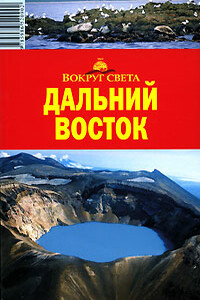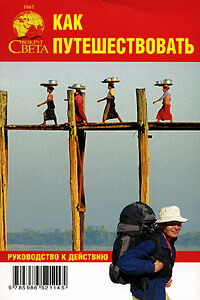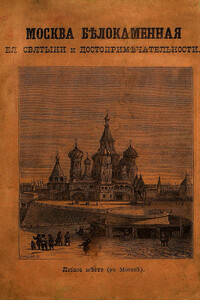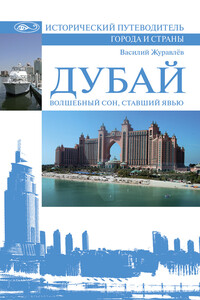Русский изразец | страница 10
In the early eighteenth century new tendencies in architecture made external tile decor unnecessary. In interiors, however, tiles were still widely used throughout the eighteenth century, mainly for stove facing.
Owing to the use of tiles exclusively in interiors, high relief ornaments were no longer necessary. The transition to flat tiles was a gradual process. At first, these were painted relief tiles with an oval in the centre enclosing a small lily flower or a theme with an inscription. In course of time the oval gave way to thematic or landscape painting.
The traditional Russian tile was greatly influenced by Delft blue ceramic plaques produced in Holland for interior wall facing. They impressed Peter the Great during his foreign travels in the late seventeenth century and he decided to set up their production in Russia. At his order "two Swedish prisoners of war - Yan Flegner and Kristan" were sent to the New Jerusalem Monastery. They were to begin the production of flat painted tiles "with blue plants after the Dutch fashion". The fate of the tiles made by the Swedes is unknown, but flat white tiles with blue pattern of this kind adorned Russian stoves throughout the eighteenth century.
The yearning for multicolored, thematic painting impelled the tile-makers to return to polychromy and to break away from pure floral ornaments. Multicoloured tiles with a gamut of blue, green, brown and yellow tones became very popular.
Moscow still remained one of the largest centres of tile-making. By the middle of the eighteenth century it boasted more than a dozen pottery factories producing bright and original tiles. Most famous were those headed by Afanasy Grebenshchikov. Yan Flegner worked there for twenty years. Other notable factories were those of Pyotr Rusinov, Pyotr Vedeniktov, Yakov Fyodorov and Stepan Chyorny - on Taganka Street; at Smo-lenskaya on Arbat Street were the workshops of Yekim Oreshni-kov and Kondraty Kuznetsov; Afanasy Chapochkin's workshop was on Meshchanskaya Street.
Eighteenth century Moscow tiles displayed in the Museum are mostly thematic. Unlike the dramatically naive compositions of sixteenth-seventeenth century red tiles, the designs of the eighteenth century are humorous and often sentimental. The tile-maker depicts his everyday life - his work, entertainments, love, travels, coming home, or his state of mind - repentance, regret, hope, thoughts of life and death. Naive and primitive images of foreign people - Chinese, Arabs, Persians, etc., animals - camels, hares, deer; real and fantastic birds, were very popular. Some themes have a mythological or symbolic character, the meaning of which is not always clear. The image, depicted in one or two planes, lacked perspective. The scene, starting on one tile, sometimes finished in the next one. Symbolic landscape or architecture provided the background for the central figures. Vegetation was rarely depicted. Most often, the background was low bushy hills, two or three symbolic trees and flowers. Almost always inscriptions of explanatory, didactic and ironic nature accompanied the themes. One and the same aphorisms, applied to different and often contrasting themes, produced absurd effects.



